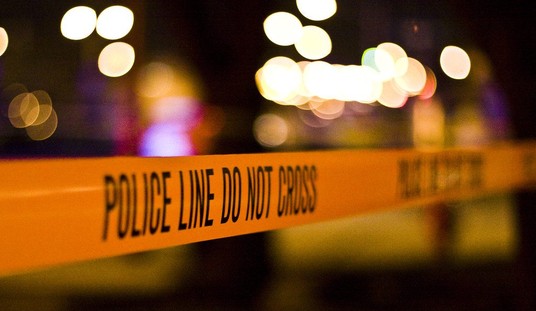The original news accounts of Waltki Cermoun Williams’s death at the hands of police officers in South Carolina in December were tragic but hardly extraordinary.
The Sumter County Coroner has identified the man killed in the officer-involved shooting Saturday night in Sumter.
The coroner identified the man as 35-year-old Waltki Cermoun Williams of Sumter. An autopsy is scheduled Monday morning for Williams in Newberry.
Sumter Police’s Public Information Officer Tonyia McGirt says officers were responding to a domestic disturbance call at the Sumter Mall around 9:30 Saturday night. We are told a woman was afraid to go outside the mall after her estranged boyfriend who threatened to kill her was seen outside pointing a gun at her car. According to law enforcement records, she had been trying to end the relationship for the past two months without success.
Officers say when they got on the scene, they recognized a red SUV as the truck that was described in the 911 calls. The driver led police on a chase that ended in a collision with two other cars at the intersection of Miller Road and Guignard Drive. Officers say Williams got out of the SUV and attempted to run away.
According to McGirt, there was a brief struggle and then an exchange of gunfire between Williams and officers that ended with Williams being fatally shot.
A lawsuit filed by Williams’s sister Tomekia Kind, however, is being picked up in the media and is fertile ground for outrage.
The sister of a South Carolina man who was killed by police after a high-speed car chase claims in a lawsuit that three officers shot her unarmed brother 17 times in the back — as he lay on the ground.
Waltki Cermoun Williams “did not have a weapon” and was struck in total by 19 of the two dozen shots fired at him during the deadly confrontation on Dec. 10, according to a lawsuit filed in Sumter County.
“Sumter Police Department officers had the obligation and opportunity to refrain from utilizing inappropriate and unnecessary deadly force,” the lawsuit states. “However, the officers in question made the conscious decision to use inappropriate and unnecessary force.”
What happened to Williams, the suit goes on to state, “is so extreme and outrageous that it shocks the conscience.”
The lawsuit, filed on behalf of Williams’ sister, Tomekia Kind, seeks unspecified damages.
You’ll note that the statement in the original report was that there was “an exchange of gunfire between Williams and the officers.” This suggests that Williams not only had a gun in his possession, but that he fired it at officers, and three officers returned fire.
The lawsuit is asserting a completely different scenario, in which Williams was unarmed, officers put him on the ground, stepped back, and fired 24 rounds at him, 19 of which struck him, and 17 of those 19 shots were from behind.
A local source is more specific about location of the wounds.
The plaintiff claims to have been informed that six bullets exited the chest; one bullet exited the right side of the neck; and other bullets struck the upper and middle portion of the left arm.
We’re completely in the dark at this point, as the investigation into Williams’ death is not complete and we’re only getting some of the information from one side.
The key points of contention here seem to be:
- Whether the officers reasonably believed that Waltki Williams was a deadly force threat attempting to use his weapon against the officers.
- Whether the individual officers can justify their initial decisions to fire.
- Whether the officers can justify the number of rounds they fired.
While it may seem strange to the layperson, I’m not at all concerned over the location of the entrance wounds. It is entirely reasonable to shoot someone in the back in a number of scenarios, including one described by the plaintiffs of a man down on his stomach on the ground struggling with officers.
If officers thought Williams was shooting a handgun or was reaching for a handgun as they struggled on the ground, shooting him in the back is not only entirely justified, but may be the only option. I can also think of several situations in an extreme close quarters combat (ECQC)/entangled gunfight scenario where officers or other well-trained individuals would intentionally maneuver for a position to fire into a suspect’s side or back.
I’m simply not able to say whether the Sumter police were justified in shooting 24 shots at Waltki Williams without a lot more information, and neither is anyone else. It’s going to be very interesting to follow this case.








Join the conversation as a VIP Member